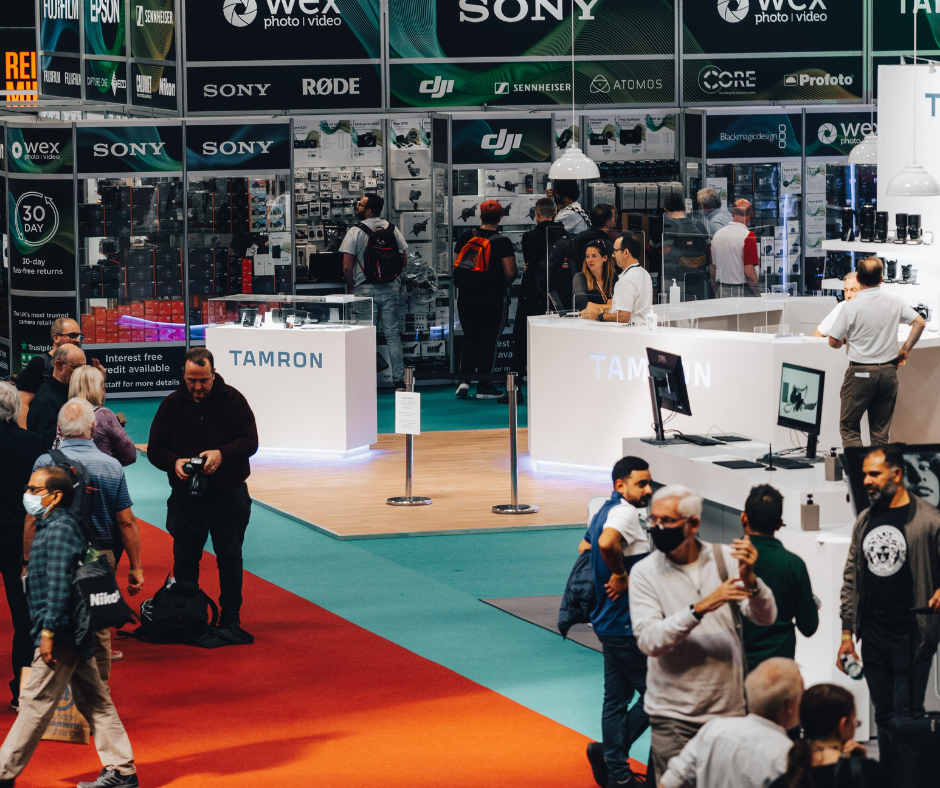Recently, the BOSCO™ team went out to exhibit at Shoptalk in London. The trade event pulls in some of the top digital and retail names in the industry to showcase their products and services. Our CEO, John Readman, shared his thoughts on LinkedIn which pulled in an interesting debate about the future of trade events in a post-COVID world. You can read the full post and comments online.
So, what is the industry saying to trade events?
The average cost of trade shows hits £20k
As we all know, since the pandemic started in 2020, marketing teams in all businesses have had to adjust their spending. Without the physical events, all that money was being channelled into digital and online spaces at arguably more of a return and with certainly less if any upfront costs.
A typical trade show would see about 40% of the exhibitors spend going on the exhibit alone. That’s the space at the event itself, including any kind of branded material and setup for techs, like TVs and laptops. Following that, on average, about 21% of the budget is spent on accommodation and entertainment. That could be hotels, Airbnb’s as well as food and drink for employees in attendance. Next up is shipping for various materials and displays taking 9% of the budget and trade show services, like security badges and QR scanners, costing another 20%. The final 10% of the budget is spent on miscellaneous, which could include travel to and from the event as well as any other merchandise you may buy to give out to attendees.
All in, the average trade show sets businesses back about £20,000. That’s a huge amount to spend on a single event. That is, of course, if you don’t make any kind of return because of being there.
So, what’s the big deal, why aren’t exhibitors jumping at the chance to get stuck into trade shows now that all COVID restrictions have been lifted?
Creating new strategies that encourage third-party attendance
If you check out John’s LinkedIn post, you’ll notice a common theme among the commenters. Exhibitors aren’t as involved as they should be. Before online webinars and events became the norm, trade shows like Shoptalk would welcome thousands of visitors a day looking to engage with and make meaningful connections with industry experts. Now, they can do that from the comfort of their own home without having to spend a penny.
Generally, exhibitors feel they should be more involved in the event. Rather than just letting a few agreed speakers have a slot, exhibitors want event organisers to collaborate with them to provide a better all-round experience for attendees. That includes moving talks to specific rooms away from the exhibition halls to allow attendees to focus on talking to businesses. They are the experts in their field, after all.
Exhibitors aren’t encouraged to be involved
Another hot topic is that the footfall at trade shows has noticeably declined over the years pushed along by the COVID pandemic. Exhibitors are expressing that trade shows are becoming ‘partner engagements’ events. In the past, trade shows were a way for individuals and prospective businesses to form a connection that ultimately led to the desired conversion of some kind.
We mentioned it earlier but with the rise of online events, people don’t need to travel away to meet people, they can do it during their working hours with a cup of tea on their sofa. But is that the only reason footfall at trade shows is on the downward trend?
Outlets have been talking about the decline of footfall at trade events for years before anyone had even heard of coronavirus. Back then, the blame fell on the downsizing of event spaces to pack more exhibitors which lead to overcrowding, noisy and stressful environments. Before long, people just stopped going because there was almost too much choice and too many people vying for your attention. This is certainly still true in 2022 with the added hit of online events on the rise.
Reinventing the trade show using hybrid models
So, how are trade shows planning to combat these issues? Well, there’s a lot of speculation as to how the hybrid model may work. While online events served a purpose during the COVID pandemic, it certainly highlighted that in-person, real-life events still have a place. The lack of engagement proves challenging, and the average no-show percentage of virtual events is 35%. Apparently, that’s higher than no-shows for in-person events.
So, the need for a hybrid approach to events is clear. People want to be able to meet and connect with businesses and representatives in a way that’s more organic but also have the option to attend online for budget or personal limitations. The best way to combat this; go hybrid.
In fact, 67% of businesses use virtual events complementary to in-person events. That’s finding a way to mix real life with virtual spaces to offer the best of both worlds. What that looks like long-term is anyone’s guess but for now, a common hybrid strategy could include:
- In-person and digital exhibition booths both in real life and through a virtual reality space, like the Metaverse.
- Connecting online and offline attendees through video sharing and conferencing to talk to people from all over the world.
- Offering digital and paper copies of marketing and sales material.
- Open live discussions involving both online and offline attendees including live Q&As or panel discussions.
These are just a few achievable hybrid goals an exhibitor can get right to improve their engagement at trade shows. As the events themselves move towards a hybrid approach, there’s just no telling what kind of opportunities it may bring.
Some trade shows are adapting. But for now, there’s a long way to go and not a long time to get there before the future of trade shows comes into question.
If you would like to discuss your digital marketing strategy or to find out how BOSCO™ can help you save tonnes of time and money, book a chat with our team.




